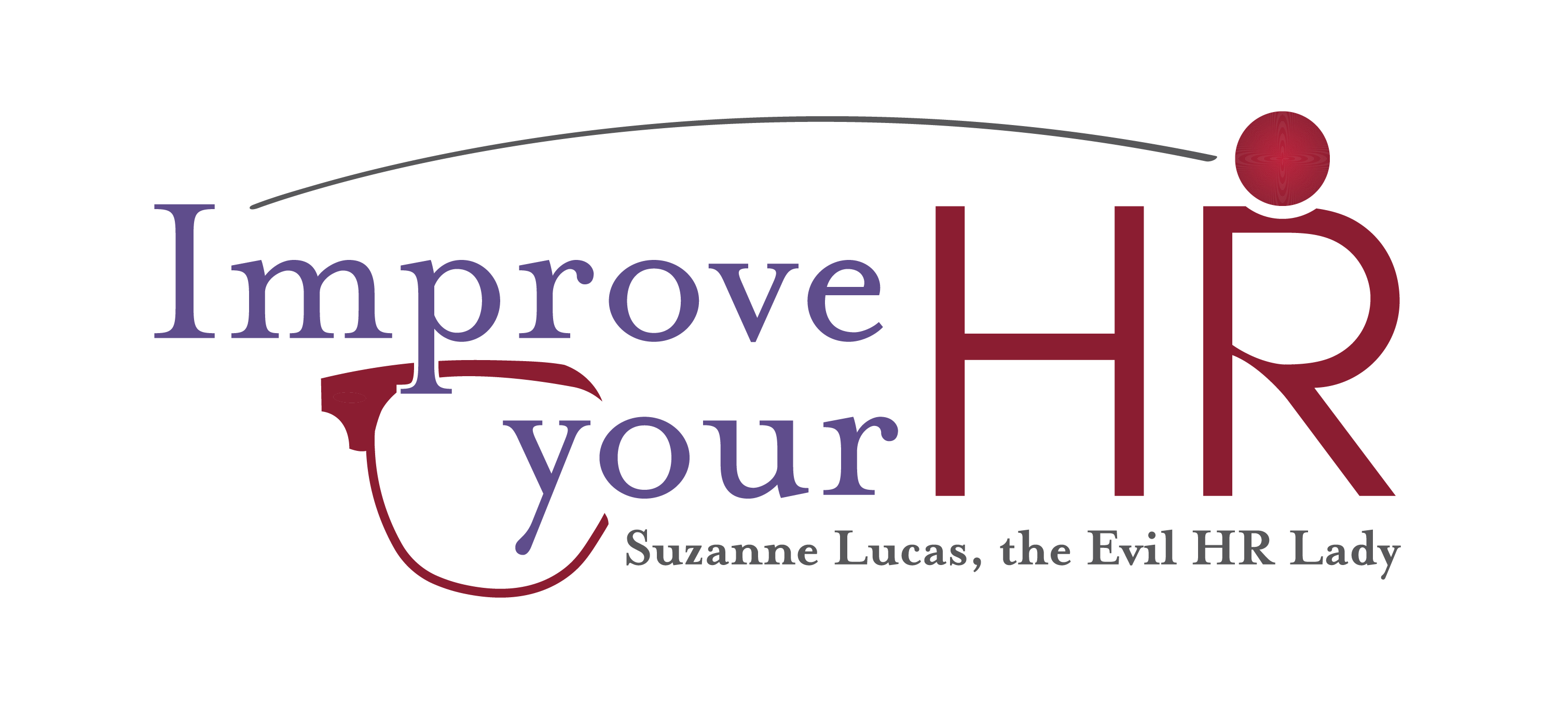It’s a common claim that AI is taking people’s jobs, but the argument often overlooks the opposite. AI also creates jobs. Take Apple .CEO Tim Cook recently announced that Apple’s U.K. offices would be growing with staff dedicated to AI.
Apple isn’t the only tech business expanding its AI staff. Amazon is also pouring money into AI, including investing in the company Anthropic, which has a ChatGPT competitor called Claud. The aim is to improve Alexa and provide a better customer experience.
Amazon is no stranger to AI technology. In 2018, the company announced that it had scrapped an AI recruiting tool because of profound levels of gender bias. The problem was that Amazon’s tool was “developed using a decade’s worth of resumes submitted to the company,” explains Shiran Danach, CEO of work tech software provider Informed Decisions. “However, it came under scrutiny when it was found to exhibit a pronounced gender bias, favoring male candidates for technical roles. This bias emerged because Amazon’s historical technical workforce was predominantly male.”
To keep reading click here: Will AI Create More Jobs Than It Will Eliminate?

The issue here is that most of the jobs being created are highly technical jobs requiring a very specialized skill set, and a lot of the jobs being eliminated are . . . not. They’re low skill, minimum wage jobs mostly held by people who have no interest or aptitude for that kind of technical work, even if they had access to the years of training and experience needed to do it.
That may shift in the long run, but the entire appeal of AI for business is to reduce costs, and payroll is the biggest cost in most companies. Their specific goal is to get rid of as many employees as possible.